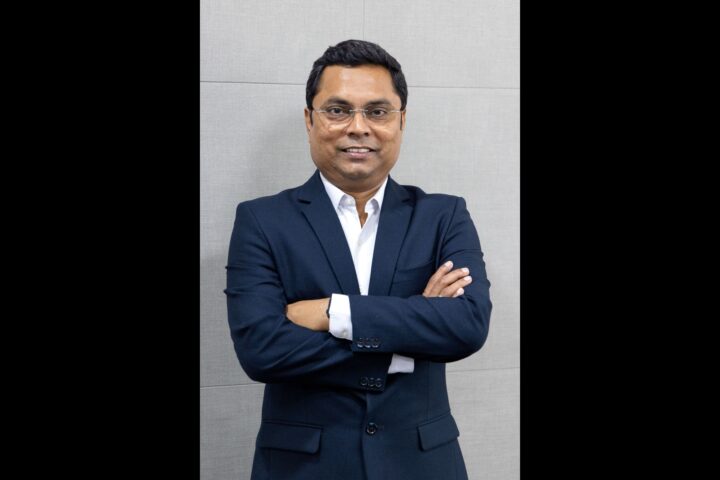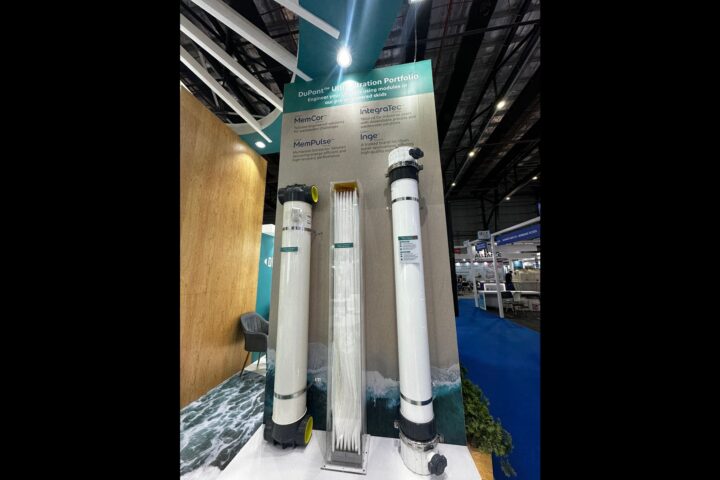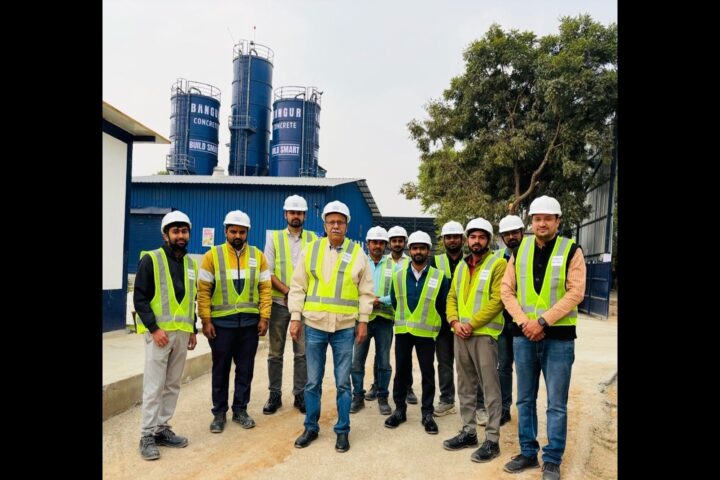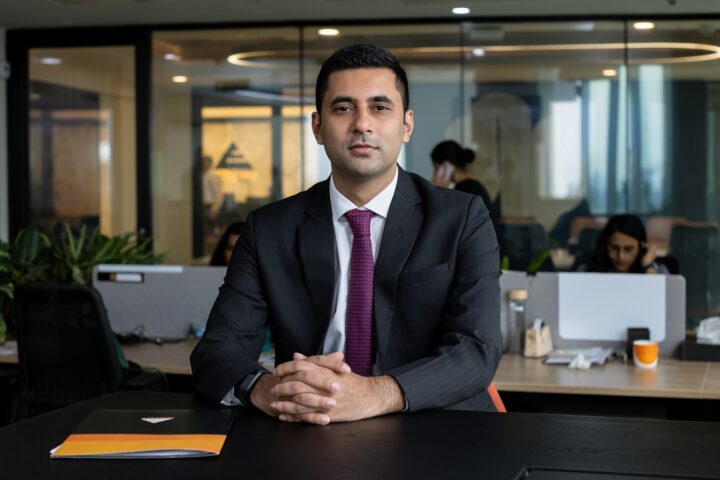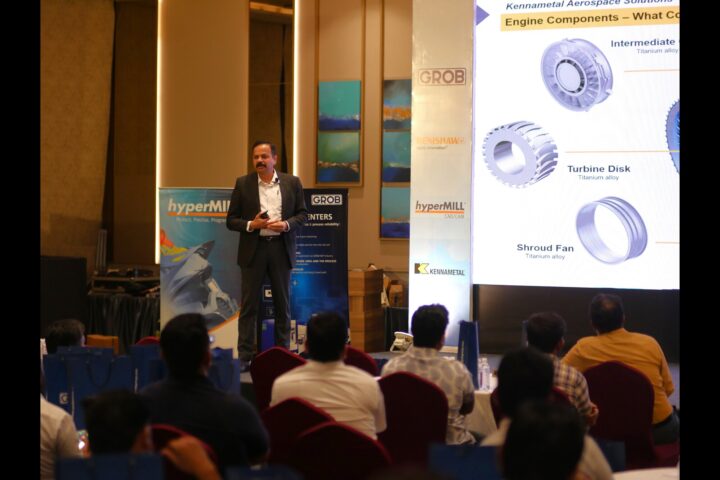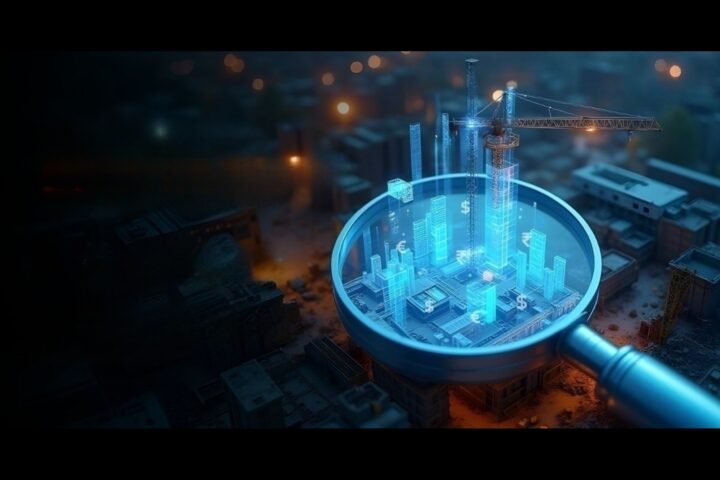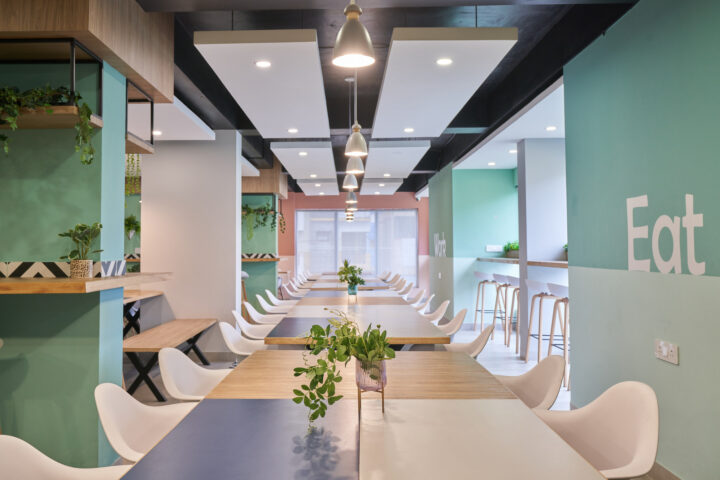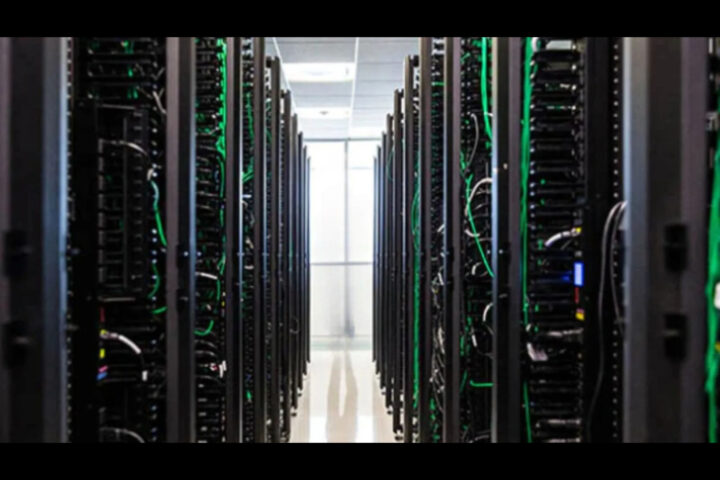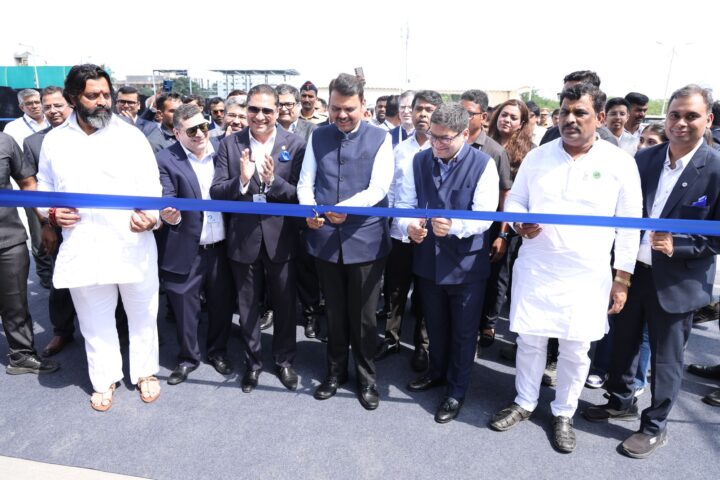New technologies will continue to evolve and innovate the way construction is managed in many parts of the world, says PAUL WALLETT, Regional Director, Middle East and India, Trimble Solutions
Briefly give us an overview about your key contributions in supporting the infra-momentum?
As per industry projections, industry is expected to grow around 11.6% in the current fiscal, which is a heartening contrast from the decline it witnessed in 2020. The pandemic has forced the engineering and construction industry to hasten the embrace of technology, like most other industries. Most industry players have realized that end-to-end digitalization of construction workflows through deployment of technologies and processes like BIM, Constructible BIM in particular, Connected Construction, IoT enabled tools and processes, mixed reality and robotics can not only enable them to continue their projects with negligible disruptions, but also allow them to experience rapid gains in productivity and efficiency, while ensuring high safety standards. Businesses are now displaying a great agility and dynamism in responding to the ‘new normal' economy, with the accompanying rise in remote working and restrictions on travel, by embracing digitized processes and workflows.
For over a decade, Trimble has been working diligently towards the digital transformation of the sector, providing the best solutions to the industry that suits their immediate as well as longer term needs. Our solutions are geared towards optimizing the Design-build-Operate lifecycle (DBO) workflow of the industry. In India, we have major industry leaders using our solutions, and Trimble's flagship product Tekla Structures' has been a key part of many landmark infrastructure projects such as Chennai Metro, Chenab Bridge in J&K, and the world's tallest statue – Statue of Unity in Gujarat.
Which are your landmark and recent key project if any?
Trimble's flagship product – Tekla Structures has been a key contributor to some of the biggest infrastructure projects in the country. It's simple and easy to use interface, integrated design, analysis & engineering capabilities enable engineers to deliver safe, effective, and rationalized design quickly and efficiently, saving hours of construction and improving productivity. Tekla Structures was instrumental in the construction of the 182 metres tall, steel, concrete and brass-clad statue of Sardar Vallabhbhai Patel in India, which dwarfs the world's tallest structures like the Statue of Liberty in New York, USA and Christ the Redeemer statue in Rio de Janeiro, Brazil. Also known as The Statue of Unity, it is dedicated to the nation as a tribute to its first Deputy Prime Minister. The statue is built on an islet, Sadhu Bet, around 3.5 kilometres downstream from the Sardar Sarovar dam in Gujarat's Narmada district. Apart from being the world's tallest sculpture, the 182 metres Statue of Unity also holds the distinction of being among the fastest to be completed in just 34 months. It consumed 210,000 cubic metres of cement concrete, 18,500 tonnes of reinforced steel, 6,500 tonnes of structured steel, 1,700 tonnes of bronze and 1,850 tonnes of bronze cladding, making it a complex and intricate structure. Two structural concrete cores were used to anchor the Statue of Unity, which supports the steel framework (cast from scrap which was sourced from all over India) attached to the 2,000 tons of exterior bronze panelling. A viewing gallery has been constructed at 135 metres, at the chest level, from where 200 visitors can enjoy the breath-taking views of the Narmada dam and other surrounding landmarks.
The contract for this statue's structural steel framework was awarded to Eversendai, a leading global organization undertaking turnkey contracts for large projects worldwide. This massive project had multiple teams working simultaneously on various aspects utilizing different tools; therefore, accurate & complete exchange of information and smooth cooperation between every stakeholder was of utmost importance. Tekla software made multi-nodal real-time teamwork possible, which not only eliminated the clashes at an early stage but also contributed to completing the project 2 months before the scheduled timeline. Tekla's interoperability feature helped Eversendai's project team to execute the project flawlessly with zero-errors.
What are your views on the approach of stakeholders involved in the infrastructure sector in using and adapting tech-tools and the challenges faced by tech providers like you while exploring the infrastructure sector?
The construction sector in India is currently undergoing large scale digitalization with an ever-widening adoption of innovative construction technologies. The end-goal of this digitalization process is to make construction faster, greener, safer and cost-effective. In fact, government initiatives like “Digital India”, “Housing for All” and “Bharatmala Pariyojana” among others have given a significant boost to the adoption of high-end construction technologies in India.
While the Indian construction industry has been traditionally slow in adoption of digital tools, many industry leaders like L&T, Shapoorji Pallonji, Inventaa Industries, etc, have already made the shift from traditional building methods to adopting class-leading process and tools like Constructible BIM and Tekla Structures. Though BIM has made a promising entry into the Indian Market, there is still significant scope for deeper penetration among the mid and small sized firms in India. Very often across the construction industry, technology was seen as a bother instead of being a solution to the problems encountered. As a result, problems continued to persist and processes continued to operate in a less efficient manner. Also, a lack of understanding of how tech can work for the betterment of construction firms, limited their perspective on how to use technology.
The government's push on Infrastructure development is becoming a major driving force for India's construction industry towards becoming a more active part of the Indian growth story. The major challenge here is the internal readiness of the construction companies to capitalize on this massive opportunity; they cannot afford to continue with inefficient, old-school processes in the face of competition from the bigger industry players who are increasingly tech-driven. Another challenge is how to implement these high end construction technologies. There is a scarcity of skilled human resources with technological knowledge and expertise to operate these technologies, which is quickly being addressed by software companies like Trimble, who offer a wide spectrum of training courses to professionals, students and faculty across India.
Do you see an increase in the acceptance and willingness towards using these tools due to the 'New Normal' lifestyle and pandemic driven scenario?
Even before the Covid-19 crisis, construction technology was transforming the way contractors and other stakeholders in the industry go about their business. But now, the industry has seen a marked increase in demand for different technologies and cloud-based solutions. Digitalisation has taken over manufacturing, transportation, hospitality and many other sectors and it is currently transforming the construction industry as well. Architecture, engineering and construction companies have shown how they can maintain operations across large parts of their businesses by working remotely with the use of the latest technologies available, right from design and engineering to safer construction practices and monitoring workforce efficiency.
Digital technologies have generally played a crucial role in keeping society functioning during the Covid-19 pandemic, whether by enabling remote working, automating processes or facilitating contactless completion of tasks. The increased use of digital technologies has also brought society closer to developing a smart economy, which promises new ways for businesses to grow and be more productive, and construction industry is a part of this change as well.
According to a recent report by McKinsey, construction industry has seen a 40-50% increase in adoption of technological solutions. With rapid change and disruption continuing across many industries, technology has allowed for rapid shifts in project execution, information sharing, and collaboration. As with many industries, remote support, remote resources, and virtual services will be a huge factor moving forward in project execution. The global crisis has brought much hardship to the sector, but one eye opening result has been the adoption of virtual/digital collaboration. BIM and the 3D model are the starting point, the constructible process will support further digital transformation and reward the construction industry with less waste and rework, fewer health and safety incidents, on time project delivery and higher profits.
Share your views on 'Technology as a growth tool in moulding the construction infrastructure sector'?
Despite forecasts revealing that growth in the infrastructure sector to rise by nearly70% across the world by 2025, we still see certain AEC companies not using digital technologies to create new opportunities and improve processes and increase profits. But this is about to change. Today, newer technologies in construction are being developed with alacrity; and what seemed like future tech 10 years ago, is now being commonly used. Connected equipment and tools, mobile apps, automation software, drones, robots, augmented and virtual reality, and 3D printed buildings are being deployed at every step of the way in the process. Much of the innovation and new technology developed globally in the real estate and construction industry has also been centered on sustainability, showing how the industry is maturing in its outlook towards saving the planet for future generations.
The significant benefits that digital technologies bring to the way we design, construct and maintain our infrastructure can no longer be ignored. From real-time analytics helping with predictive maintenance to drone intelligence helping to keep construction sites safer, technology is ensuring a better future for the industry. New materials, 3D printing, pre-fabrication, and modular approaches are among the emerging trends shaking up the construction industry and boosting growth for those who are ready to adopt modern tech-enabled construction, or Connected Construction.
It is a whole new way of executing a construction project as it connects the digital world of modeling, designing and data with the physical world of contractors/stakeholders and equipment. It also helps manage a project end-to-end, starting with pre-construction planning and continuing through its final handover. By embracing connected construction, industry players can build the smart, connected infrastructure that India today needs to carry into the future.
What are the future prospects?
As the world shifts towards a more digitized future, many industries are starting to see technology as an important means of creating a lasting competitive advantage. By 2050, the population living in major cities, especially in developing countries like India, will have increased two-folds. With a huge chunk of the population moving to urban cities, it is important for industries to focus on how technological innovation can help them deliver a sustainable future.
Current and new technologies largely promote increased productivity. In the big picture, technological advances also drive improved safety, a larger focus on sustainability, and combat rising material and skilled labor costs. 3D printing and robotics has reached a new level of realism and will continue to improve and be used for creating effective realizations of architectural projects. The focus on constructibility, aided with software and processes like BIM, AR, VR and drones has truly made the contractors sit back and relax while they see the buildings being built in their best shape. There is no doubt that new technologies will continue to evolve and innovate the way construction is managed in many parts of the world. The future of construction will focus on efficiency, environmental awareness and safer practices.





